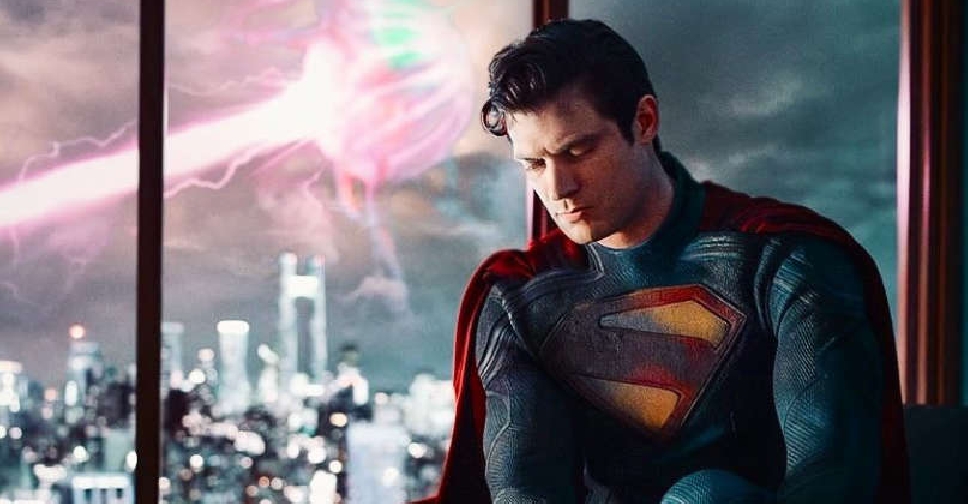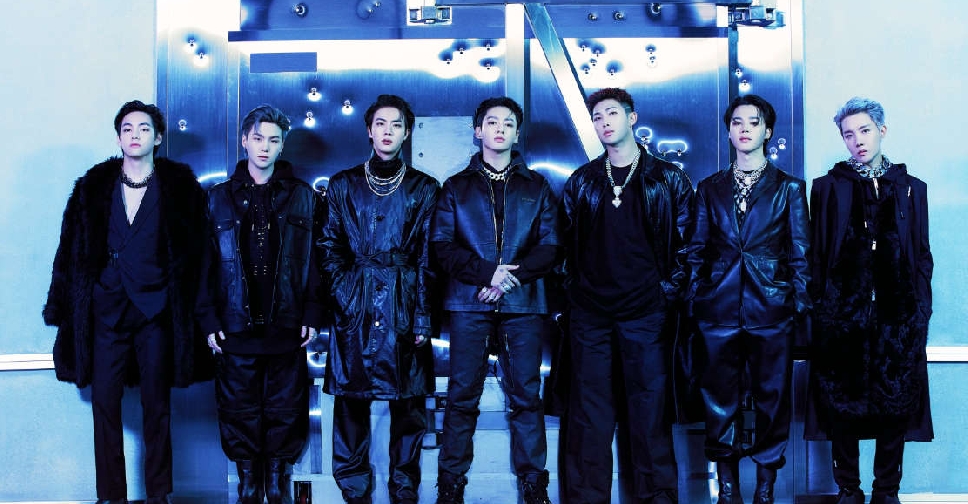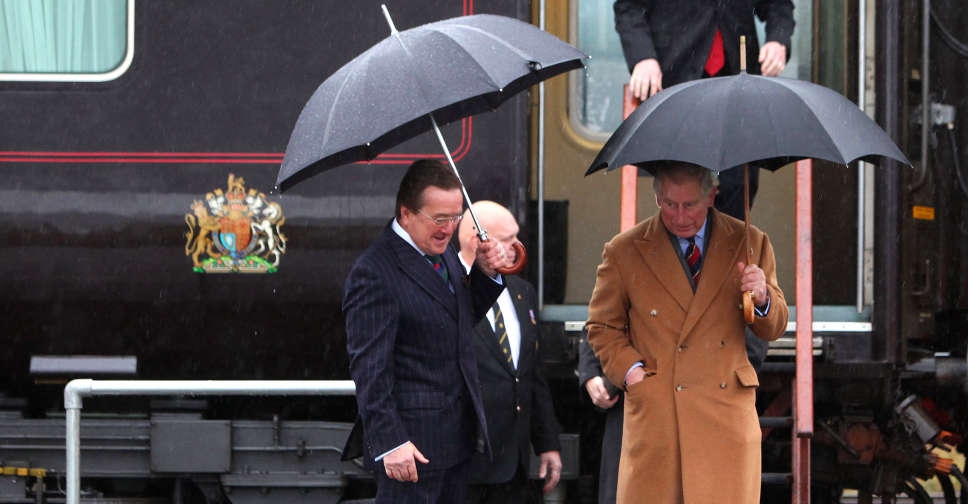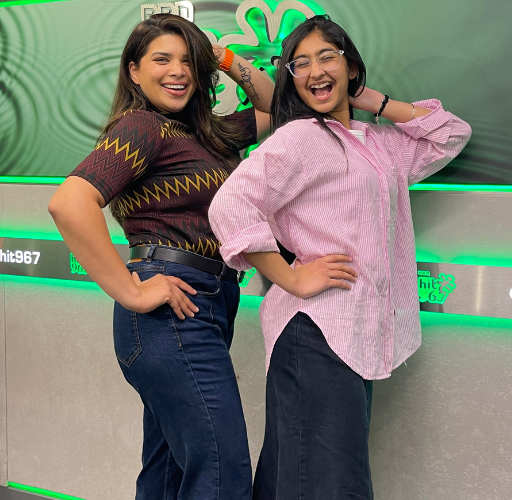
When Russia sent troops into Ukraine a year ago, the director of the Kyiv National Art Gallery had only one thing on his mind: the safety of the paintings.
As air sirens blared, Yuri Vakulenko packed a bag and headed to the gallery, where he would spend the next 66 days living in the basement, a bulletproof vest and gas mask at the ready, and caring for the exhibits.
Vakulenko, who didn't want the paintings to gather dust in storage abroad, asked European museums if they would be interested in holding modified versions of two exhibitions that had already been held in Ukraine.
Two Swiss museums, the Musee d'Art et d'Histoire in Geneva and Kunstmuseum Basel, agreed.
"This was an idea that would allow our paintings to be in a safe place while allowing our gallery to continue to fight on the cultural front," Vakulenko told Reuters from Kyiv.
The museum in Geneva, which took in paintings from Madrid's Prado Museum during the Spanish civil war in the 1930s, sent packing materials to ensure safe transport.
The Musee Rath, which hosts the Musee d'Art et d'Histoire's temporary exhibitions, is now showing "From Dusk to Dawn", showcasing works by Ukrainian painters from the Kyiv gallery.
The crates in which the paintings were transported from Ukraine, weeks after the Kyiv gallery's windows were shattered by the shock of a nearby shell, are also on display.
Vakulenko said it was impossible to insure the paintings crossing Ukraine, so the shipment was accompanied by security on its two-day journey to the Polish border.
"The most important thing was keeping the secrecy of the cargo's movement on the territory of Ukraine," Vakulenko said. "The details of the movement of cargo were known only to a very limited circle of people directly related to the process of transportation and security."
The exhibition in Basel showcases 49 works from the 18th to 20th centuries by Ukrainian-born artists, such as Ilya Repin and Volodymyr Borovykovsky. Many of the painters were trained in Russia and became associated with its empire or the Soviet Union.
But the exhibitions challenge the concept that the works fit into an all-encompassing understanding of Russian art.
"It was an important project to understand the narrative of their collection, and also to view (their) history more critically and consciously," Olga Osadtschy, assistant curator at the Kunstmuseum Basel, said of the Kyiv gallery's initiative.
"We're all used to this label 'Russian art', but there is so much more beneath it."




 British rock band Oasis kick off comeback tour in Cardiff
British rock band Oasis kick off comeback tour in Cardiff
 'Superman' returns to screens with 'kindness, flying dogs and space battles'
'Superman' returns to screens with 'kindness, flying dogs and space battles'
 BTS promises new album and world tour next year
BTS promises new album and world tour next year
 End of the line for King Charles' royal train
End of the line for King Charles' royal train
 Apple's 'F1: The Movie' roars to top of US, Canada box office
Apple's 'F1: The Movie' roars to top of US, Canada box office



